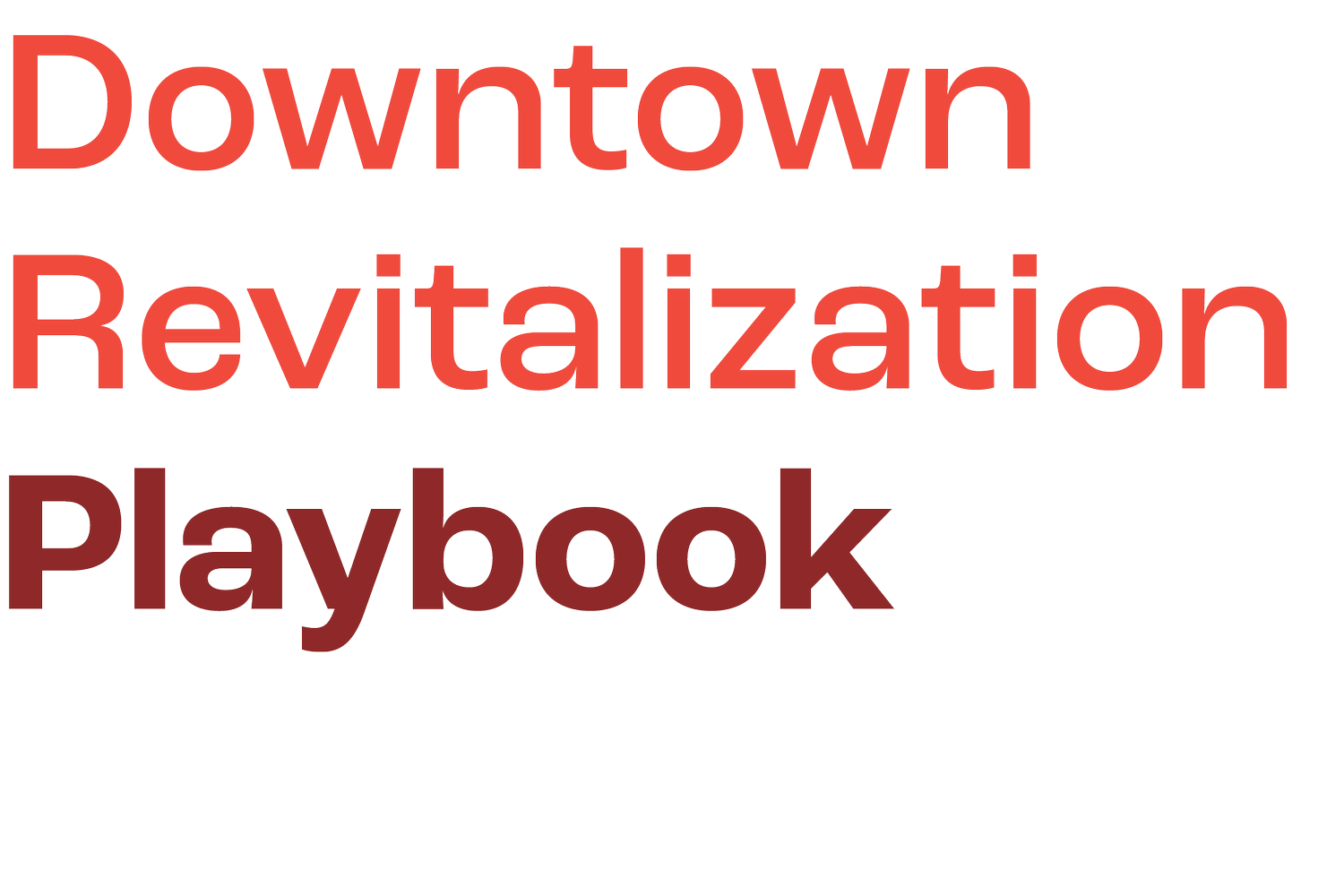
Meet the Players
There are different players occupying various positions needed in order to win. Across all the featured case studies, you will see five key functions and roles identified. One role may be filled by many people, or one person may fill several roles, especially in small towns. Once these five functions are filled by passionate individuals with a shared vision, a synergy occurs that propels the project forward. The group organizes, recruits others to the team, and becomes ready for investment.
Key Functions & Roles
Spotter - The Visionary
The spotter sees potential opportunities (buildings, enterprises, and individuals) and connects people to move opportunities forward. For instance, Lori McKinney in Princeton, WV is a spotter who sees an empty building as an opportunity and then pulls people together to make something happen. A spotter may work with an engager to create connections around an opportunity and encourage the framer.
Framer - The Deal Maker
The framer can assess whether a project is investable, describe the project, navigate discussions with investors, and help put the capital stack together. Framers have the language, tools, and connections to move opportunities forward.
Engager – The Trust Builder
The Engager earns the trust of the community and local government, identifies unmet needs, and shares community stories and desires with the developer and investors. This could be a single person or an entire organization; for instance, University of Kentucky’s CEDIK program helped Pineville, KY host community listening sessions to develop a shared vision for downtown.
Developer - The Risk Taker
For something great to happen, someone has to be willing to take on the initial risk. For example, The Appalachian Arts Alliance in Hazard, KY bought a former bus depot from a local bank to repurpose and develop it into a performing arts center. Developers often manage construction and renovation, build to specifications (if there are known clients), and then manage the tenants or sell. Some framers may also be “activist developers” who come early and see new opportunities and plan/implement the project development before managing construction and renovation.
Primary Contact - The Connector and Primary Point of Contact
This can be someone filling one of the above roles or even an additional team member, but somebody needs to be driving the train. Bryan Phipps, Senior Vice President of People, Inc. says, “It’s good to have an internal planning group but there needs to be one person who is responsive to emails/calls and is knowledgeable enough about the project to respond quickly to questions and things to do for the project to move it forward.”
Key Skills
Other key skills needed may include:
Engineering/Architecture
Historical Preservation
Housing
Legal
Accounting
Real Estate Management
Research and development, which can include market studies, feasibility studies, sustainability plans, etc.
Other Stakeholders
Common partners helping the core team:
Municipalities/Elected Officials
Educators
Retail/Service Sector Businesses
Property Owners/Developers/Realtors
Chambers of Commerce/Business Associations
Local and regional development corporations, housing corporations, industrial development agencies, and business improvement districts
Consumers
Media
Cultural and historical organizations
Local non-profit and advocacy organizations
Civic Clubs
Hospitals/Healthcare organizations & practices
Housing/Social Service Organizations
Diverse groups representing the full spectrum of residents including gender, race, religion, ability, orientation, and socio-economic status
Once the core team is complete, they can identify other individuals needed for their specific project. Here are some other skills and stakeholders to consider including on a team:
